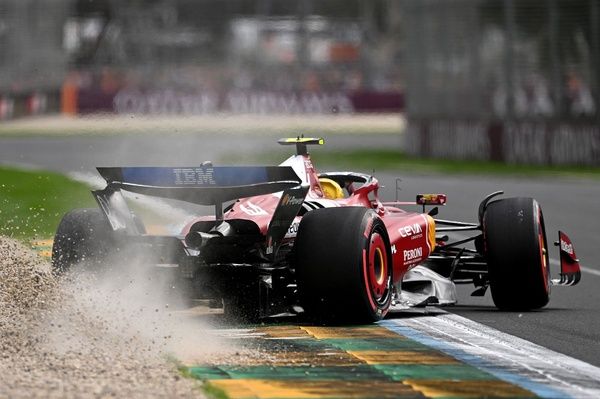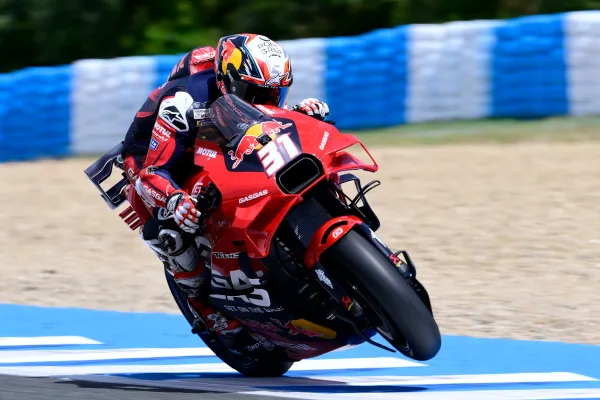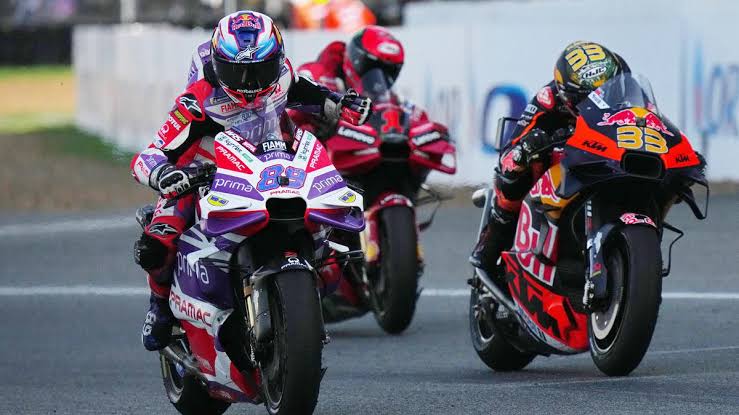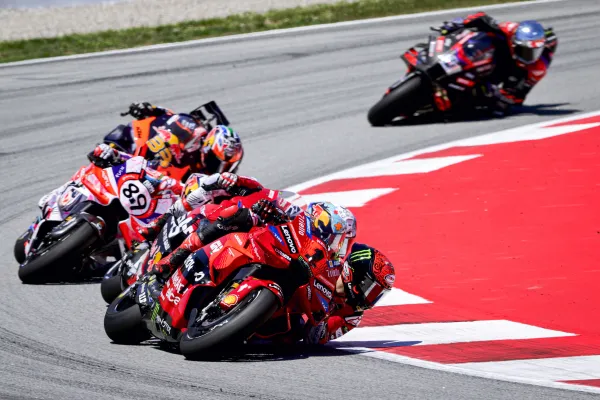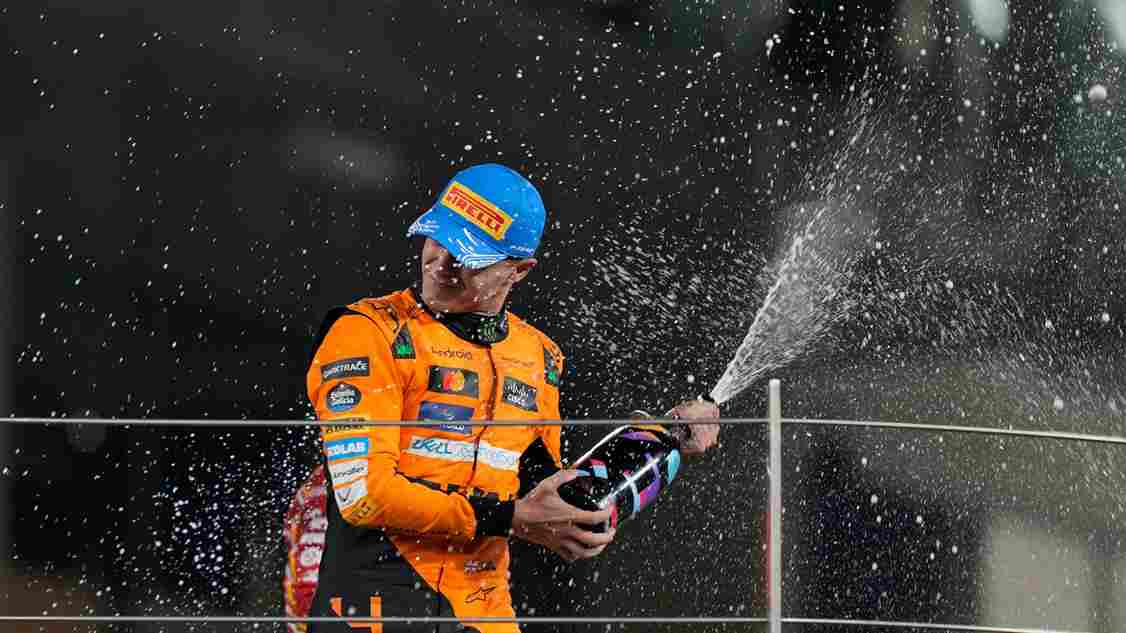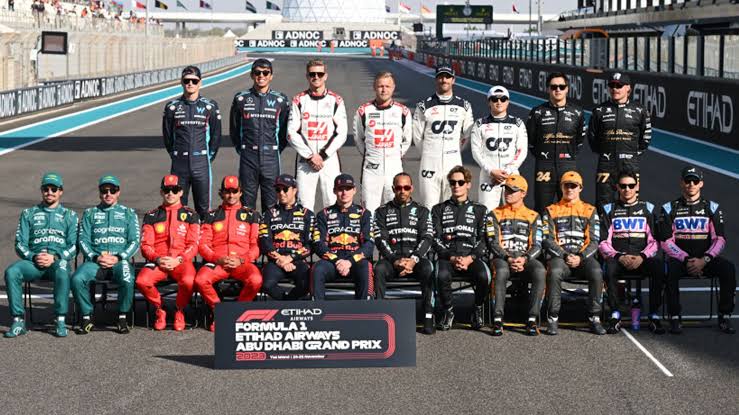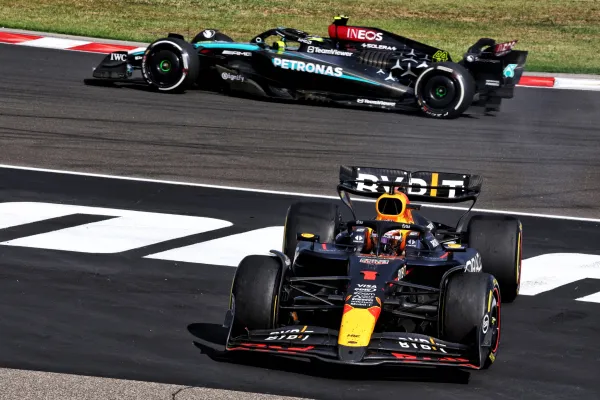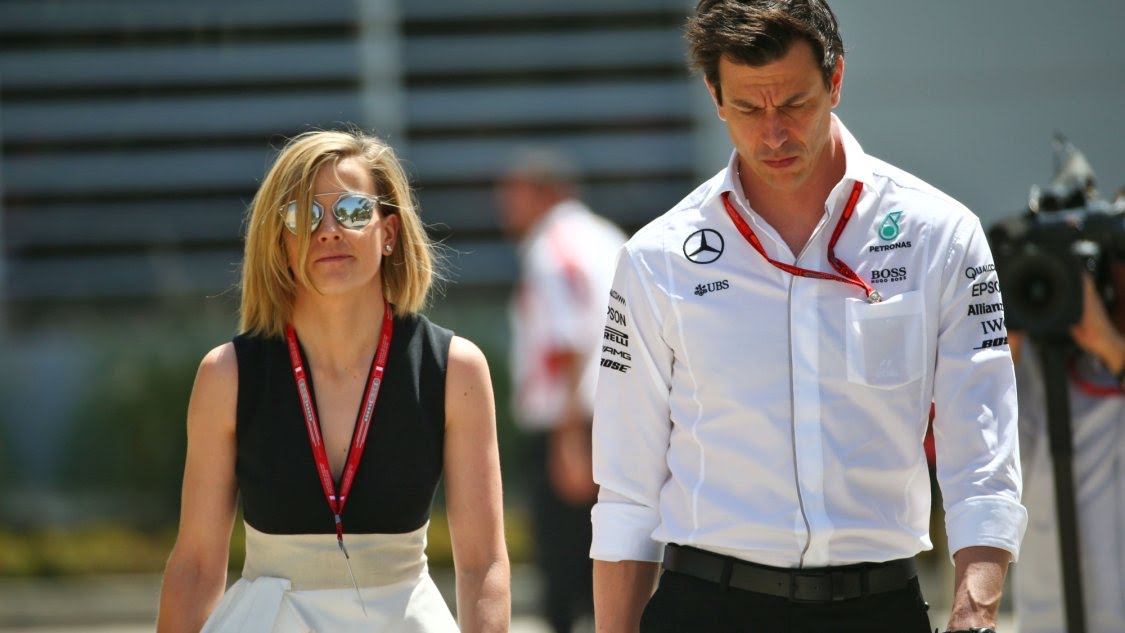Why Is It So Difficult For F1 Drivers To Race In The Wet?
Formula 1 (F1) is often described as the pinnacle of motorsport, where the world’s best drivers compete in machines engineered to perfection. However, when rain falls and wet conditions take over a racetrack, even the most skilled drivers face one of their toughest challenges. Racing in the wet demands a unique blend of skill, adaptability, mental fortitude, and technical precision from both drivers and teams. It’s a spectacle that captivates fans but leaves drivers battling against nature and their machines.
In this article, we delve deep into why wet-weather racing is so difficult for F1 drivers. From reduced grip levels to psychological strain and technical hurdles, we’ll explore every aspect of this challenge.
The Perils of Reduced Grip: A Driver’s Nightmare
Why Grip is Crucial in F1
Grip is the cornerstone of performance in Formula 1. It determines how well a car can accelerate, brake, and corner—all essential components of racing at high speeds. In dry conditions, drivers rely on slick tires and a rubbered-in track surface to maximize grip. However, when rain falls on the circuit, grip levels plummet dramatically, turning every corner into a potential hazard.
How Wet Conditions Impact Grip
Wet weather introduces water onto the track surface, creating a slippery layer that reduces friction between the tires and the asphalt. Additionally, rain mixes with oil and rubber residue left by previous races, further compromising grip. Drivers must adapt their racing lines to avoid standing water or puddles that can lead to aquaplaning—a phenomenon where tires lose contact with the track entirely due to water buildup.
- Aquaplaning Risks: Aquaplaning is one of the most dangerous aspects of wet racing. When it occurs, drivers lose control as their tires skim over water instead of gripping the asphalt. This makes braking and steering almost impossible until the car regains traction.
- Changing Track Conditions: Wet tracks are rarely consistent. Some areas may dry faster than others due to wind or heat from cars passing over them. This creates a patchwork of grip levels across the circuit, forcing drivers to constantly adjust their approach.
Tires: The Key to Survival
The Role of Wet Tires
In wet conditions, tire choice becomes critical. F1 teams have access to two types of wet-weather tires: intermediate tires (for light rain or drying tracks) and full wet tires (for heavy rain). These tires feature grooves designed to channel water away from the contact patch and improve grip.
- Intermediate Tires: These are used when conditions are damp but not fully soaked. They provide better performance on drying tracks but can struggle in heavy rain.
- Full Wet Tires: These are designed for extreme wet conditions and offer maximum water displacement. However, they wear out quickly if used on drying surfaces.
Choosing the wrong tire can spell disaster for a driver’s race strategy. Teams must carefully analyze weather forecasts and track conditions to make split-second decisions about tire changes during pit stops.
Visibility Woes: Driving Blind at 200 MPH
Spray from Cars
One of the most harrowing aspects of wet-weather racing is reduced visibility caused by spray from other cars. As vehicles move at high speeds through standing water on the track, they generate plumes of spray that obscure vision for those behind them.
- Driver’s Perspective: Imagine driving at 200 mph with your windshield completely fogged up—this is what F1 drivers experience in heavy rain. They rely on instinct and memory to navigate corners they can barely see.
- Impact on Overtaking: Visibility issues make overtaking incredibly challenging in wet conditions. Drivers must venture off the optimal racing line (where grip is highest) to pass competitors, often entering areas with less traction and more spray.
Helmet Technology
To combat visibility problems, F1 helmets are equipped with advanced visor systems that include tear-off strips and anti-fog coatings. Drivers often remove tear-offs during races to clear their view when spray or dirt accumulates on their visors.
The Psychological Toll: Racing Under Pressure
Mental Fatigue
Wet-weather racing isn’t just physically demanding—it’s mentally exhausting as well. Drivers must maintain laser-sharp focus throughout the race while dealing with constantly changing conditions.
- Decision-Making Under Stress: Every corner requires split-second decisions about braking points, throttle application, and steering inputs. The margin for error is razor-thin; one misjudgment can lead to a spin or crash.
- Heightened Awareness: Wet races demand heightened awareness as drivers constantly monitor track conditions, tire performance, and visibility—all while competing against rivals.
Experience vs Rookie Challenges
Experienced drivers often excel in wet conditions due to their ability to anticipate changes in grip and visibility. Legends like Ayrton Senna earned reputations as “rain masters” for their ability to thrive in adverse weather. On the other hand, rookie drivers may struggle significantly as they face these challenges for the first time.
Technical Challenges Faced by Teams
Car Setup Adjustments
Wet-weather races require significant changes to car setups compared to dry races. Teams must balance performance with safety while ensuring their cars remain competitive under challenging conditions.
- Suspension Settings: Engineers often soften suspension settings to improve stability on slippery surfaces. This helps reduce aquaplaning risks but can compromise handling precision.
- Aerodynamic Changes: Wet conditions affect aerodynamic performance due to altered airflow around the car caused by spray and water accumulation. Teams may adjust wing angles or other components to increase downforce for better stability.
Telemetry Data Analysis
During wet races, teams rely heavily on telemetry data from sensors embedded in the car. This data helps engineers monitor tire temperatures, grip levels, and water displacement in real time so they can make informed decisions about pit stops and strategy adjustments.
Iconic Wet Weather Races in F1 History
Wet races have produced some of the most memorable moments in F1 history. These events showcase both the challenges faced by drivers and their extraordinary skills in overcoming them.
Ayrton Senna at Donington Park (1993)
Senna’s performance during the 1993 European Grand Prix at Donington Park remains legendary. Starting fifth on a soaked track, he overtook four cars on the opening lap before dominating the race with unmatched precision in treacherous conditions.
Lewis Hamilton at Silverstone (2008)
Hamilton’s masterclass at Silverstone during heavy rain demonstrated his ability to adapt quickly and manage his tires effectively. He won by over a minute—a testament to his skill as one of F1’s modern rain masters.
Max Verstappen at Interlagos (2016)
Verstappen’s drive during the 2016 Brazilian Grand Prix showcased his fearless approach in wet conditions. His daring overtakes and car control earned him widespread acclaim despite finishing third.
Why Fans Love Wet Weather Races
Despite the challenges they pose for drivers, wet races are beloved by fans for their unpredictability and drama. Rain acts as an equalizer, reducing the advantage of faster cars and creating opportunities for surprise results.
- Unpredictable Outcomes: Wet races often lead to unexpected podium finishes as drivers who excel in challenging conditions rise above their competitors.
- Thrilling Action: Spins, crashes, daring overtakes—wet races deliver edge-of-your-seat excitement that keeps fans glued to their screens.
To explore more about how MotoGP teams maintain their edge during unpredictable weather conditions, see our article.
Conclusion: Mastering Adversity
Racing in wet conditions is one of Formula 1’s ultimate tests—pushing drivers’ skills, mental resilience, and technical understanding to their limits. Reduced grip levels make every corner treacherous; visibility issues transform high-speed racing into an exercise in blind faith; mental fatigue builds as drivers navigate ever-changing circumstances; and teams face immense pressure to adapt setups and strategies on the fly.
Yet it’s precisely these challenges that make wet-weather racing so compelling—for both participants and fans alike. It showcases why Formula 1 is not just about speed but also about mastery over adversity—a true testament to human ingenuity and determination.
Check out our F1 blog for more news and updates!
